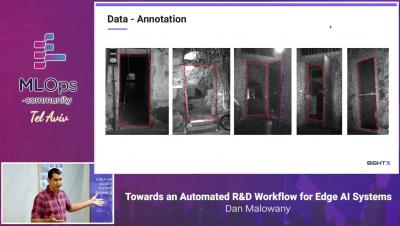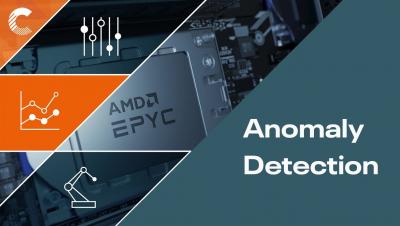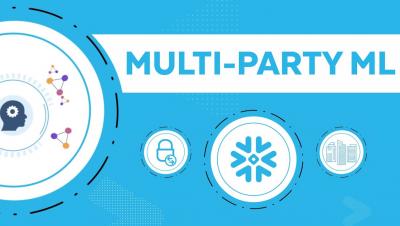Systems | Development | Analytics | API | Testing
September 2022
Learn how to implement model drift detection with Cloudera's Applied Machine Learning Prototypes
Building an Automated ML Pipeline with a Feature Store Using Iguazio & Snowflake
How To Deploy a HuggingFace Model (Seamlessly)
What if I want to serve a Huggingface model on ClearML? Where do I start? In general, machine learning engineers know by now that a good model serving engine is invaluable when serving models in production. These days, NVIDIA’s Triton inference engine is a popular option to do so, but it is lacking in some respects.
In-depth Introduction to MLRun
Get to anomaly detection faster with Cloudera's Applied Machine Learning Prototypes
ModelOps, ML Validation & ML Assurance: The Next Frontiers of AI-led Digital Assurance
Like humans, Machine Learning (ML) models can recognize intricate patterns and anticipate the outcome of new data. On some natural language problems, ML models have even surpassed human performance. But much like people, ML models are susceptible to error. For every ML application in the real world, estimating how frequently a model will be inaccurate is essential. Intuitively presenting information and emphasizing the best ways to enhance a model are equally important.










